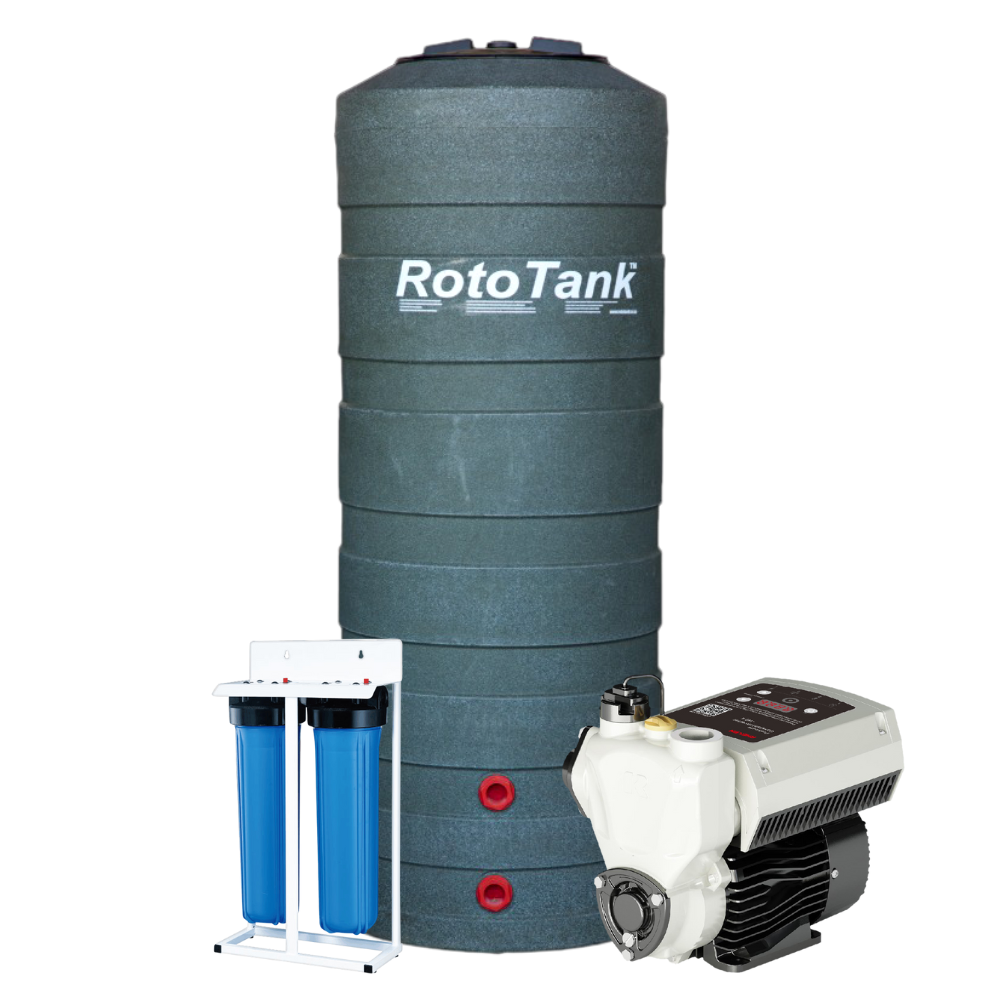Stay Safe and Secure: Tips for Implementing a Backup Water Supply System

In times of emergencies or natural disasters, having a backup water supply system in place can be crucial. Whether you live in an area prone to droughts, hurricanes, or power outages, having access to clean water is essential for your health and safety. Implementing a backup water supply system can provide you with peace of mind, knowing that you will have a reliable source of water when you need it most.
Assess Your Water Needs
Before setting up a backup water supply system, it is important to assess your water needs. This will help you determine the size of the system and the amount of water storage required. Consider the following factors:
Factors to Consider:
- The number of people in your household
- Your average daily water consumption
- The duration of time you may need to rely on your backup water supply
- Any specific water needs for medical conditions or hygiene purposes
Choose the Right Storage Containers
Once you have determined your water needs, the next step is to choose the right storage containers for your backup water supply. Here are some factors to consider when selecting storage containers:
Factors to Consider:
- Choose food-grade containers that are specifically designed for storing water
- Consider the material of the containers – options include plastic, glass, or metal
- Ensure that the containers are clean and free from any contaminants before use
- Calculate the total storage capacity needed based on your water needs assessment
Implement Water Treatment and Filtration
It is important to ensure that the water in your backup supply is clean and safe to drink. Implementing water treatment and filtration methods can help you achieve this. Here are some options to consider:
Options for Water Treatment and Filtration:
- Boiling water to kill bacteria and viruses
- Using water purification tablets or drops
- Installing a water filtration system with activated carbon filters
- Regularly testing the water quality to ensure it meets safety standards
Maintain Your Backup Water Supply System
Once you have set up your backup water supply system, it is important to maintain it regularly to ensure it is ready for use when needed. Here are some maintenance tips to keep in mind:
Maintenance Tips:
- Regularly check and clean the storage containers to prevent algae or bacterial growth
- Rotate the water supply every few months to ensure freshness
- Inspect the containers for any signs of damage or leaks
- Update your emergency water supply kit with any necessary supplies or equipment
Consider Alternative Water Sources
In addition to setting up a backup water supply system, it is also a good idea to consider alternative water sources that may be available in your area. This can provide you with additional options in case your primary water supply is compromised. Here are some alternative water sources to consider:
Alternative Water Sources:
- Collecting rainwater using a rain barrel or cistern system
- Utilizing a well or groundwater source if available
- Identifying nearby natural water sources such as rivers, lakes, or streams
- Investing in a portable water filtration system for on-the-go use
Conclusion
Having a backup water supply system in place is an important aspect of emergency preparedness. By assessing your water needs, choosing the right storage containers, implementing water treatment and filtration methods, maintaining your system, and considering alternative water sources, you can stay safe and secure during times of crisis. Remember to regularly check and update your system to ensure it is always ready for use. Stay hydrated and stay prepared!
Leave a Reply
You must be logged in to post a comment.